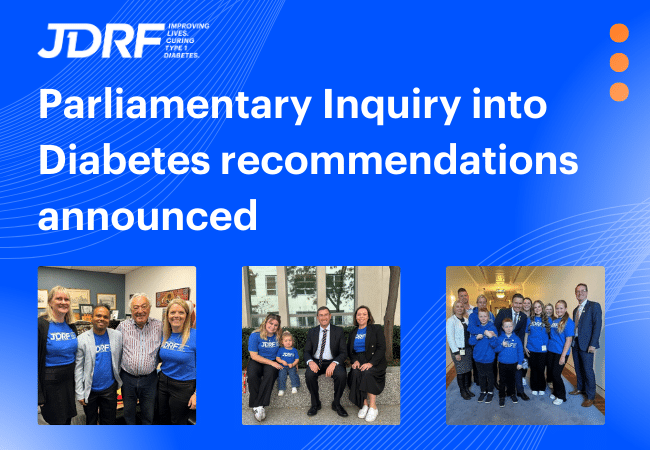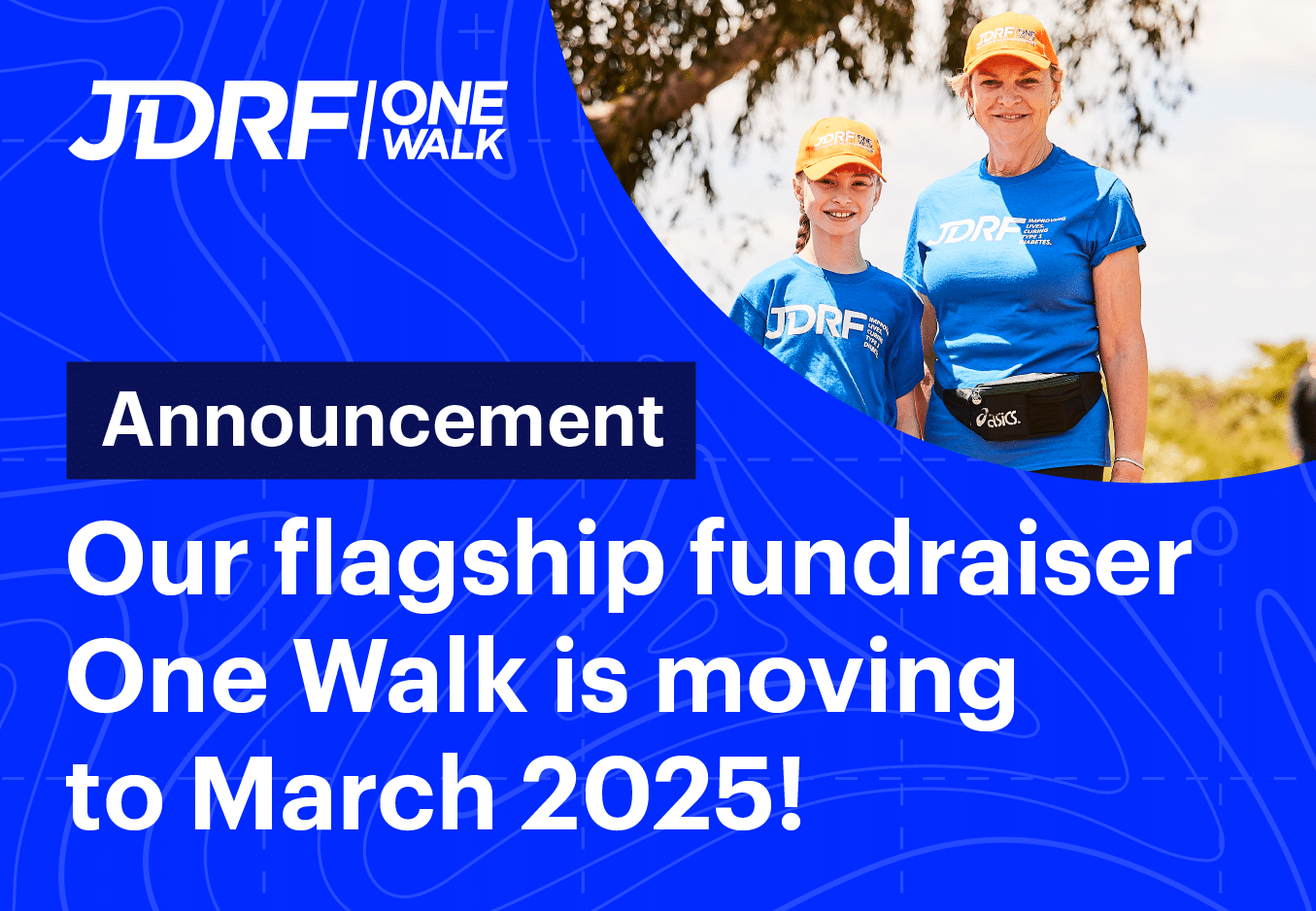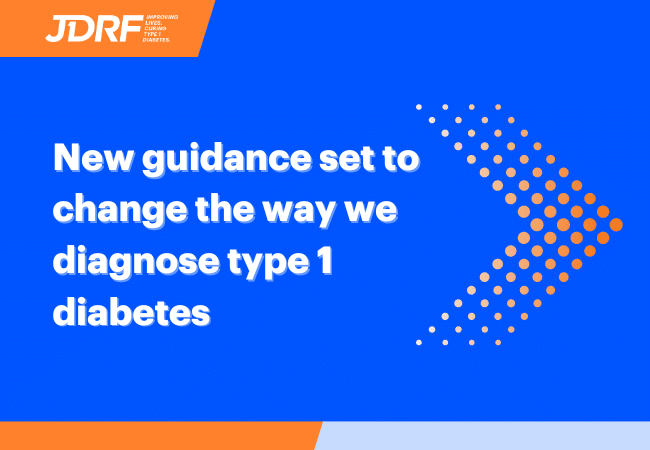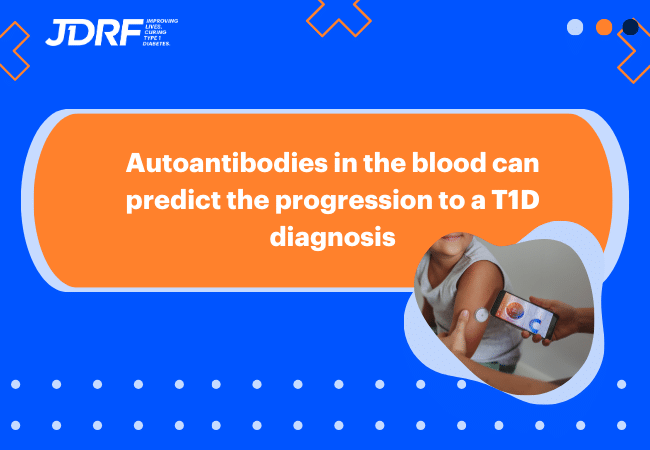“I was diagnosed with T1D at 33. Here’s why it made me stronger”: Ryan Jenkin’s story
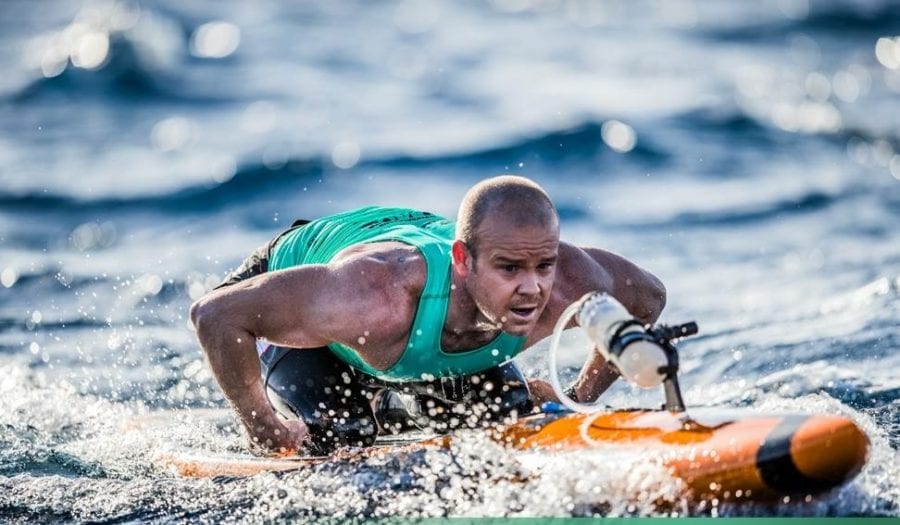
The diagnosis
In June 2013, I was diagnosed with type 1 diabetes. I had all the classic symptoms – constant thirst, weight loss, and frequent urination. While at work one day, I realised that something was not quite right with my health. I was drinking multiple drinks and still feeling thirsty as well as going to the toilet more than a dozen times. That night, I tested myself on a blood glucose monitor. The machine came back with an “error” message. Confused, I rang my sister thinking the machine was broken. I did multiple tests and they all returned saying “error”. I later discovered that “error” meant that my levels were higher than what the machine could read – above 32mml!
The next day I went to my local GP who immediately took some blood and sent it off to be tested. Later that afternoon, the doctor rang me and asked me to come in immediately; he could not believe that I was still functioning at the blood glucose levels that I was at. It was at this meeting that I learned the severity of my predicament. The doctors wanted to admit me to slowly drop my levels, so we could start managing the disease. At 33, I was diagnosed with type 1 diabetes.
Dealing with T1D
My levels were all over the place. In the 20s one minute and below 3 an hour later. Throw into the mix trying to start a family and increased work stress and it’s no wonder my mental state started deteriorating, and depression crept in.
I have been paddling boards since I was a nipper in the surf club. I competed for Bondi and North Bondi Surf Clubs at the State, Australian and world titles from the age of 14. The ocean is a place where I feel the stresses of modern-day life and parenthood wash away. In 2015, I decided that I needed to get back in the ocean, back to my “happy place”. I re-joined the surf club in 2016 and started training again with my goal of completing the Molokai 2 Oahu (M2O) Championship – the world’s most challenging paddle race, back on the agenda. Although training was having a massively positive impact on my overall health both physically and mentally, I still felt trapped in a wave of feeling great one day to wanting to shut everyone out and be by myself the next day.
Finding the silver lining
In 2016, I finally admitted that I was having issues mentally and sought help. This was the best thing that I could have done. My only wish was that I had done it sooner. Without the assistance of my wife and her ever positive outlook on life, I don’t know where I would be. Training now was a steep learning curve, learning to manage my diabetes pre, during and post training was extremely difficult. No matter how much I read up on sports nutrition and diabetes there was nothing I found that cross pollinated the two subjects. Until my endocrinologist asked if I would be interested in going to a sports weekend at the Australian Institute of Sports specifically for type 1 diabetics. I jumped at the opportunity. It was here that I was finally able to understand the basics of exercising while managing my diabetes. From this point on I was determined to master the art of diabetes management and training. I set up my own spreadsheets to track what I ate and how much insulin I took, what training I did and how I felt.
Taking it to the next level
In 2018, I finally decided to take on the M2O in the team event with a good mate of mine. The event is a 32-mile or 54-km Paddle Board Race from the island of Molokai to Oahu in Hawaii aptly named the “Channel of Bones”. Prior to the start of the race I was aiming for a BGL of 8.0 which was slightly elevated to 9.5. From this point on, however, the nerves started to kick in which elevated my levels even more. By the time I got back in the boat after my first stint, my levels were 16.5 and I was shaking like a leaf.
Over the next 3 hours I managed to get my levels back down to a manageable 6.0-10.0, but the amount of energy that I burnt up with simply having those initial high readings meant that for the last 1/3 of the race I was suffering from cramping. By the end of the race we managed to finish in the time of 6hrs and 44min. This was disappointing as we had been aiming to do it in 6 hours. However, we were later informed that we had actually won our division!
I am competing in the 2019 Molokai 2 Oahu World Paddle boarding Championships again in the 2-man team event with the goal of breaking the 6-hour mark. We are also raising money for JDRF and more importantly raising awareness that you do not need to let T1D hold you back from going after your dreams and living your life. If anything, it makes you understand your own personal physiology better than most professional athletes. More importantly, it teaches you discipline and resilience and makes you stronger than ever!
You can see Ryan’s fundraising page here.
The views expressed in this post are the personal opinion of the author and are not intended to dispense or replace any medical advice.

